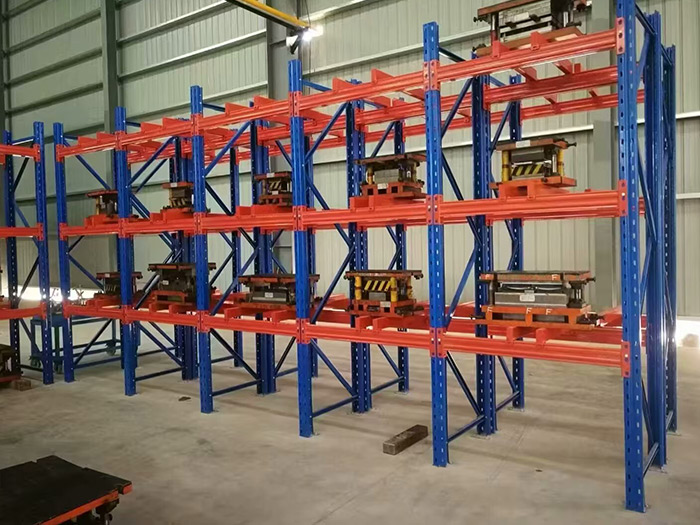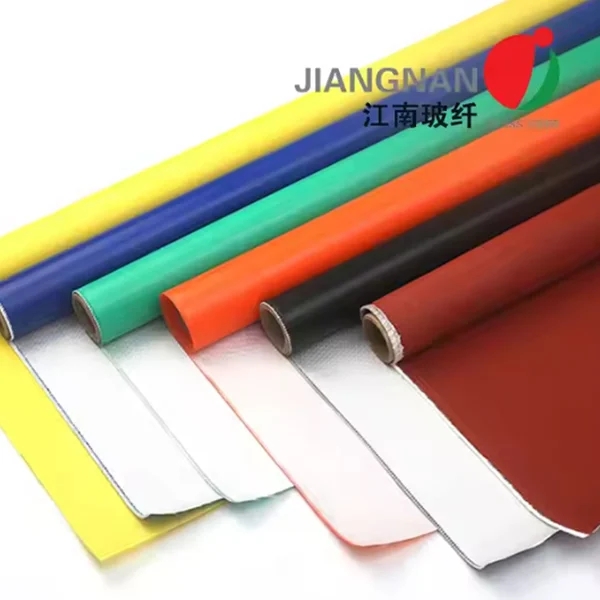Unveiling the Pinnacle of Insulation: Exploring the Highest R-Value Materials for Optimal Energy Efficiency
3 min readWhen it comes to building and renovating, one of the most critical considerations is insulation. The effectiveness of insulation is often measured by its R-value, which quantifies its resistance to heat flow. A higher R-value indicates better insulating properties, making it essential for energy efficiency, comfort, and sustainability in residential and commercial buildings. In this article, we will delve into the materials that boast the highest R-values, their applications, and how they can contribute to a more energy-efficient future.
Understanding R-Value: The Key to Effective Insulation
Before we explore the materials with the highest R-values, it's important to understand what R-value represents. The R-value is a measure of thermal resistance, calculated by the thickness of the material divided by its thermal conductivity. In simpler terms, it tells us how well an insulation material can resist heat flow. The higher the R-value, the better the insulation's performance.
The Top Contenders for Highest R-Value Insulation
- Aerogel Insulation
- R-Value: Up to 10.3 per inch
- Overview: Often referred to as frozen smoke, aerogel is a highly porous material that provides exceptional thermal resistance. Its unique structure allows it to trap air, minimizing heat transfer. Aerogel is lightweight and can be used in various applications, from building insulation to aerospace engineering.
- Applications: Ideal for spaces where weight is a concern, such as in retrofitting older buildings or in the construction of energy-efficient homes.
- Polyisocyanurate Foam Board
- R-Value: Approximately 6.5 to 7.0 per inch
- Overview: Polyisocyanurate, or polyiso, is a rigid foam board insulation that is commonly used in commercial and residential applications. It features a reflective foil facing that enhances its thermal performance by reducing radiant heat transfer.
- Applications: Frequently used in roofs, walls, and as continuous insulation in building envelopes.
- Extruded Polystyrene (XPS)
- R-Value: Around 5.0 to 5.5 per inch
- Overview: XPS is a closed-cell foam insulation that offers excellent moisture resistance and durability. Its consistent R-value makes it a popular choice for various insulation projects.
- Applications: Commonly used in below-grade applications, such as foundation walls and under slabs, as well as in exterior wall insulation.
- Spray Foam Insulation
- R-Value: Between 6.0 and 7.0 per inch (closed-cell)
- Overview: Spray foam insulation expands upon application, filling gaps and creating an airtight seal. Closed-cell spray foam offers a high R-value and acts as a vapor barrier, making it suitable for various climates.
- Applications: Ideal for attics, crawl spaces, and any area requiring a high-performance air seal.
- Cellulose Insulation
- R-Value: Approximately 3.5 to 4.0 per inch
- Overview: Made from recycled paper products, cellulose insulation is an eco-friendly option that provides decent thermal resistance. While its R-value is lower than some other materials, its sustainability and air-sealing properties make it a popular choice.
- Applications: Often used in wall cavities and attics, cellulose can be blown in to create a dense, effective insulation layer.
Factors to Consider Beyond R-Value
While R-value is a crucial factor in selecting insulation, it is not the only consideration. Other aspects include:
- Moisture Resistance: Some materials, like XPS and closed-cell spray foam, offer better moisture resistance, which is essential in preventing mold and structural damage.
- Air Sealing: Insulation that provides an airtight seal, such as spray foam, can significantly enhance energy efficiency by reducing air leaks.
- Environmental Impact: The sustainability of insulation materials is becoming increasingly important. Options like cellulose and sheep's wool offer eco-friendly alternatives with good thermal performance.
Conclusion: Choosing the Right Insulation for Your Needs
When determining what has the highest R-value for insulation, materials like aerogel and polyisocyanurate stand out for their exceptional thermal resistance. However, the best choice for your project will depend on various factors, including application, climate, and environmental considerations. By understanding the properties of different insulation materials and their R-values, you can make informed decisions that enhance energy efficiency, comfort, and sustainability in your building projects.



